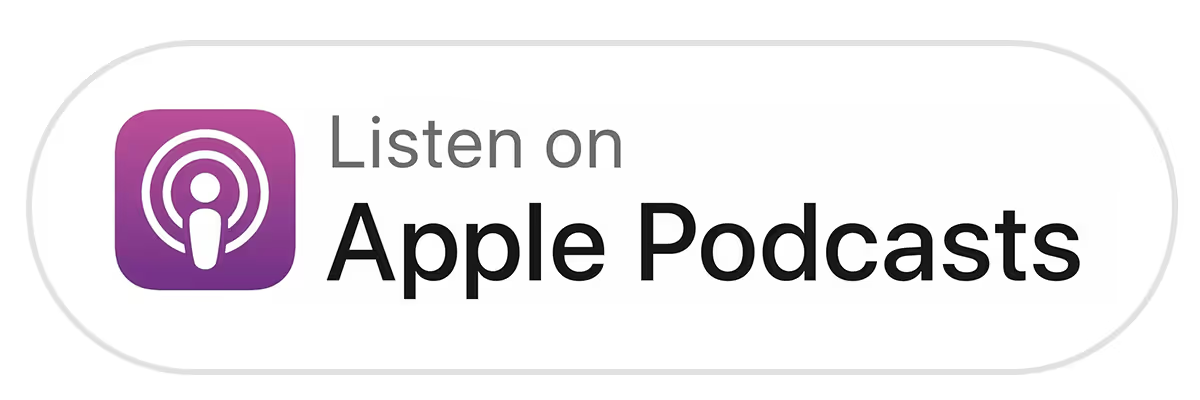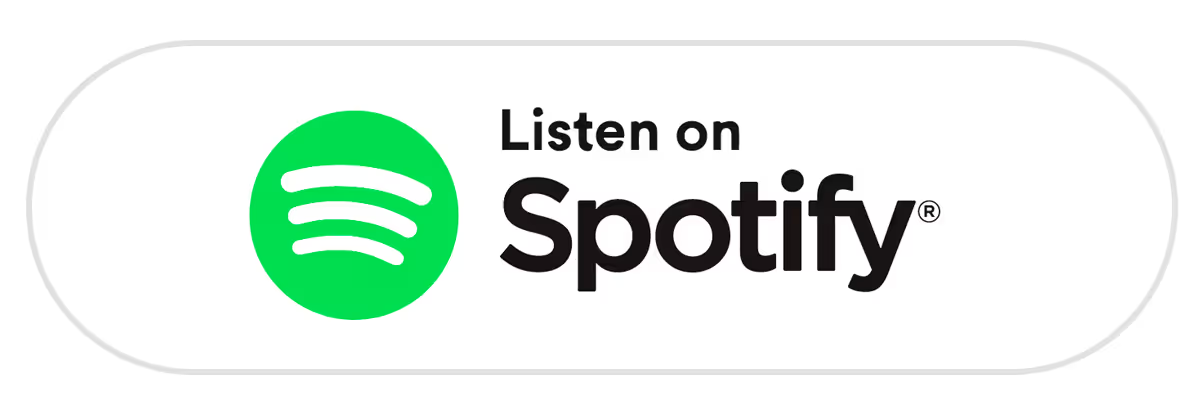In this episode, Jessica Gilmartin, the CMO of Calendly, talks about the company's shift in marketing strategy from PLG approaches to partnering with large enterprises and shares her thoughts on CMOs who successfully implement a hybrid approach of both PLG and SLG strategies. She also provides valuable tips on how to approach large enterprise accounts, communicate value propositions, and strengthen the relationship between sales and marketing teams.
Key Takeaways
- Advice for prioritizing tensions between PLG and SLG teams with a customer-centric approach.
- Tips for approaching large enterprise accounts with different personas by telling a value story with examples highlights how using Calendly benefits the entire organization.
- Calendly's latest product launch designed to enhance the relationship between sales and marketing teams.








.jpg)

.jpg)







.svg)


